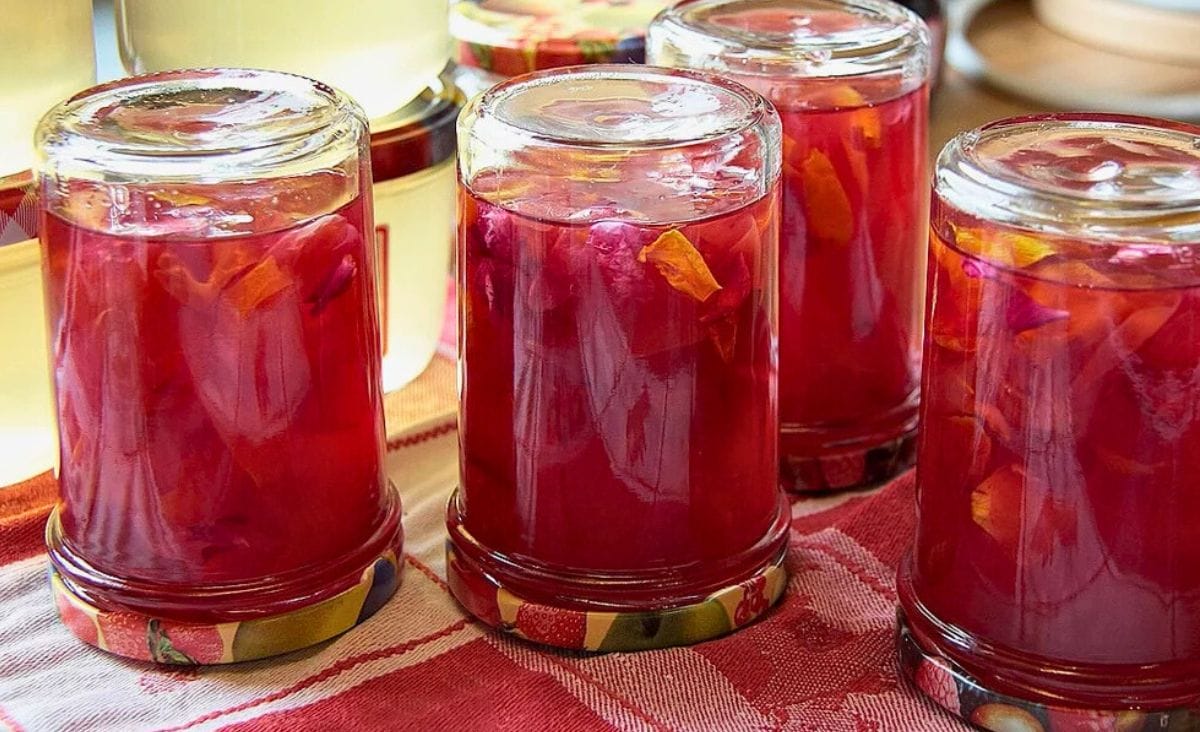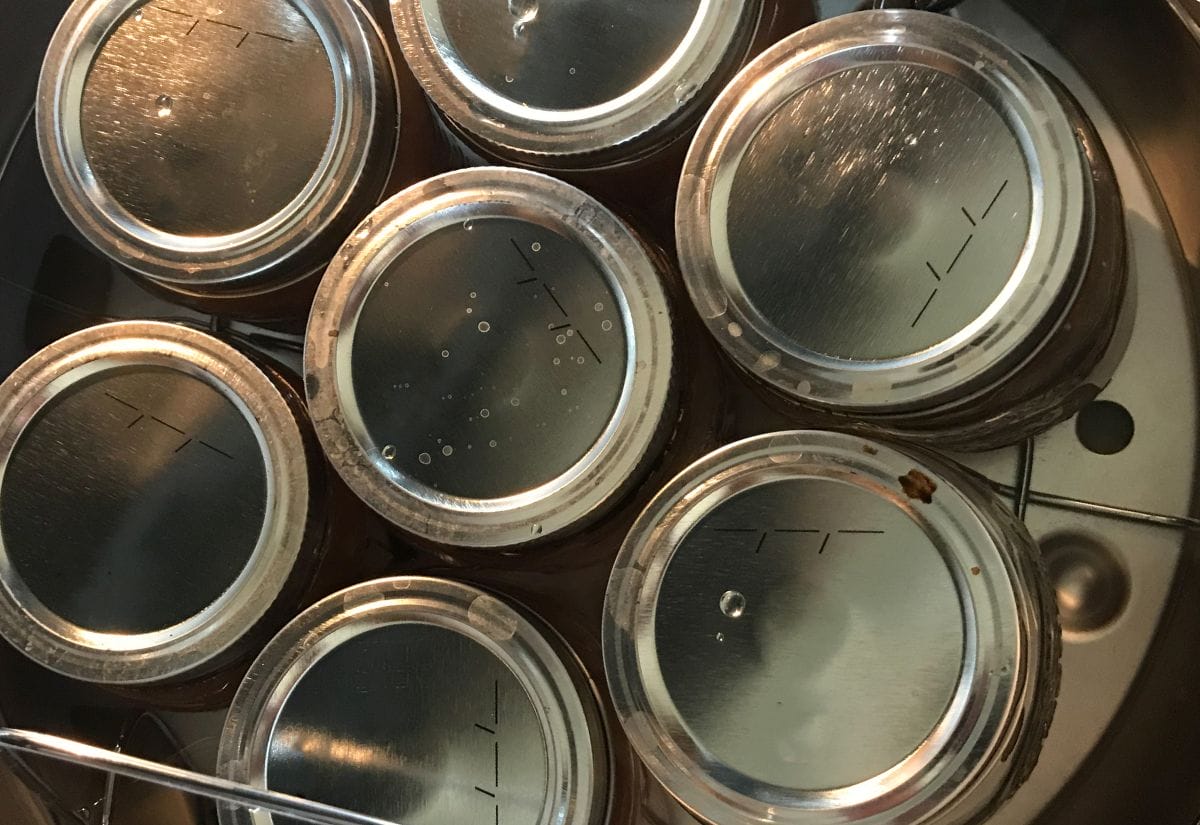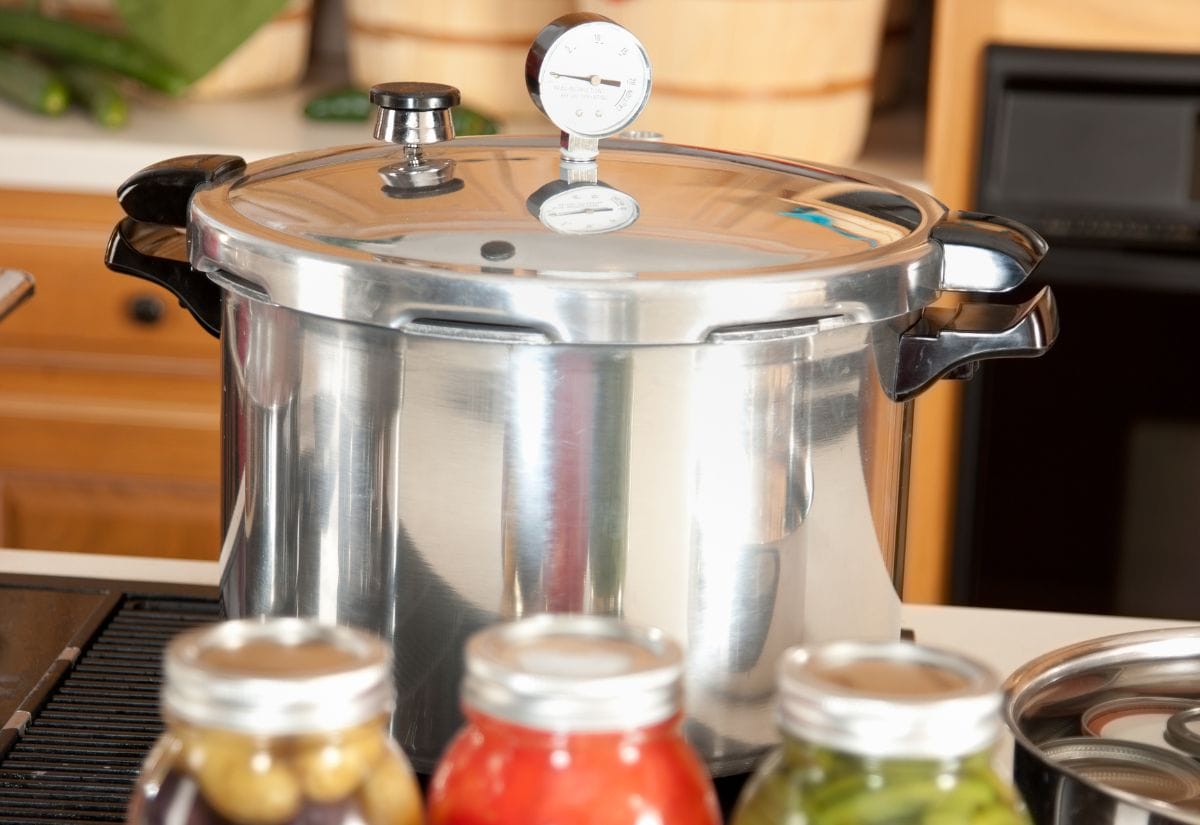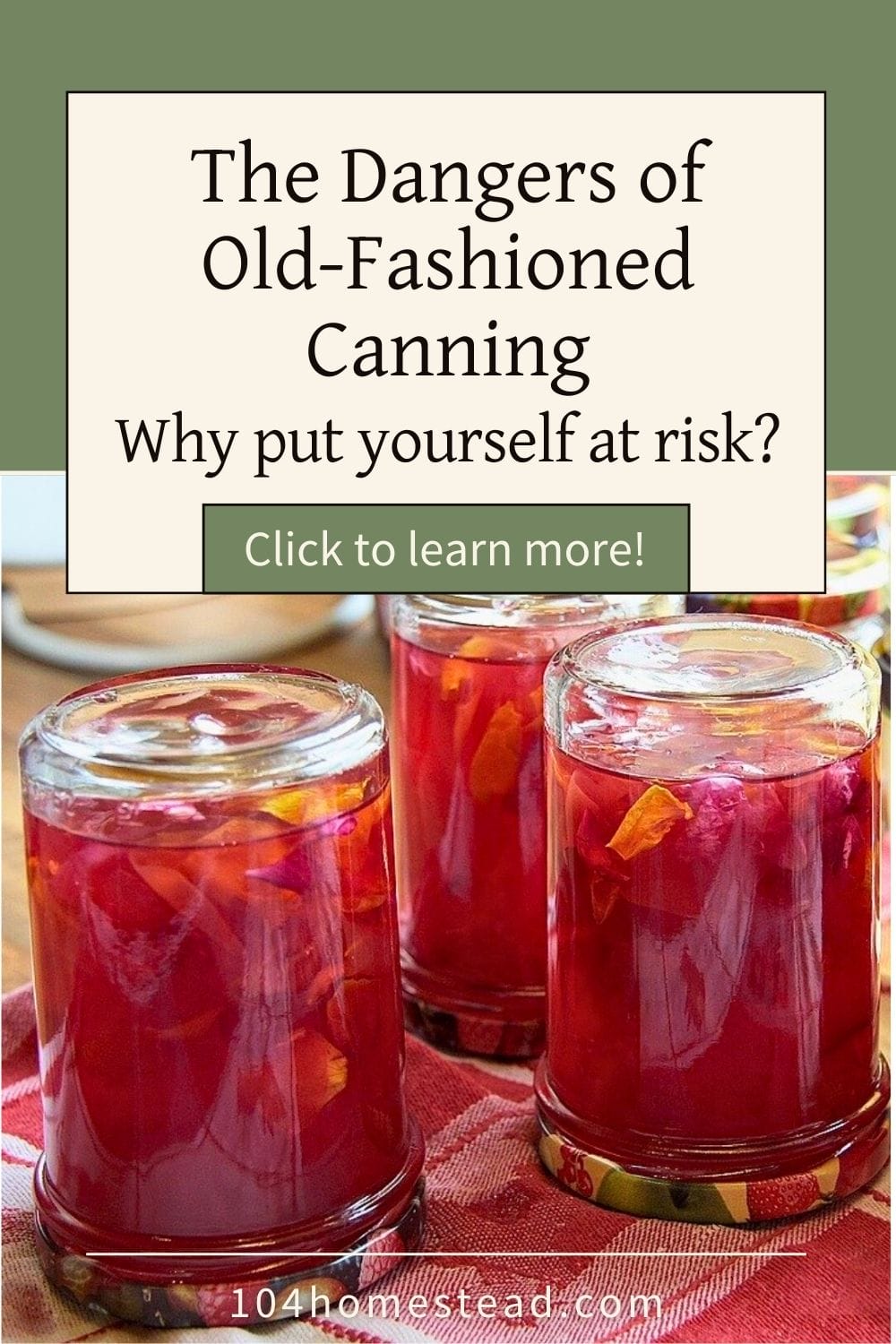Inversion Canning: Why “Old-Fashioned” Methods Aren’t Safe
Learn why inversion canning and other old-fashioned methods are unsafe. Discover modern, safe canning practices to protect your food and health.

Have you ever heard of flipping jars to can your homemade jelly or jam? Maybe it’s a technique passed down through your family, or perhaps you stumbled upon it in an old cookbook. It sounds simple, even charmingly old-fashioned, but it’s far from safe.
Inversion canning, also known as the “flip jar method” or “open kettle canning,” is an outdated technique that can put your health at serious risk. While it may have been common in grandma’s day, modern research shows it’s not safe. In this post, we’ll break down why inversion canning is dangerous, explain the science behind safe food preservation, and share expert-backed resources to keep your canning adventures safe and successful.
What Is Inversion Canning?
Inversion canning is a method where hot food (often jams, jellies, or sauces) is poured into jars, the lids are secured, and the jars are flipped upside down for several minutes. The idea is that the heat from the food creates a seal as the jar cools. While this method might cause the lids to “pop,” creating the illusion of a proper seal, it does not provide the necessary heat or sterilization to ensure food safety.
Why Is Inversion Canning Dangerous?
According to the Ball Blue Book: Guide to Preserving and reputable sources like the National Center for Home Food Preservation, inversion canning is unsafe for several reasons:
Insufficient Heat for Sterilization
- The temperatures reached during the cooking and jar-flipping process are not high enough to kill harmful bacteria, mold, or spores.
- Without proper sterilization, foodborne illnesses like botulism can occur, even if the jar appears sealed.
Contamination During Transfer
As food moves from the pot to the jars, it can be exposed to airborne bacteria or microorganisms that survive in improperly sealed environments.
False Sense of Security
Just because the lid “pops” doesn’t mean the contents are safe. As Penn State Extension explains:
“The time saved with open kettle canning is not worth the risk of food spoilage or illness.”
The Science of Safe Canning
To safely preserve food, it’s essential to follow methods that meet USDA guidelines. These guidelines recommend either:
Water Bath Canning
Use water bath canning for high-acid foods like jams, jellies, and pickles. Boiling jars in water ensures they reach temperatures high enough to kill harmful microorganisms.

Pressure Canning
Use pressure canning for low-acid foods like vegetables and meats. Pressure canners heat jars to 240°F, destroying botulinum spores and other dangerous bacteria.

Modern canning lids, as noted by Ball, are designed to vent during the heat process. Inversion canning doesn’t allow for proper venting and can result in failed seals.
Other Dangerous Canning Techniques to Avoid
While inversion canning might be the focus here, other outdated methods also pose risks:
Paraffin Wax Sealing: Using wax to seal jams and jellies leaves air pockets, increasing the chance of mold growth.
Steam Canning: Unless specific USDA-approved steam canners are used, this method doesn’t generate enough heat to sterilize food properly.
*** in 2023 the USDA and National Center for Home Food Preservation approved the use of steam canning with high acid foods, such as pickles, salsa, fruit, jams and jellies, and tomatoes (with added lemon juice).
“Home canners may use an atmospheric steam canner in place of a boiling water bath canner for high-acid foods, using a tested recipe.”
Aspirin Preservation: Adding aspirin to low-acid foods in place of pressure canning is unsafe and ineffective.
Oven Canning: Exposing jars to dry heat in an oven risks explosion and uneven heating, making it impossible to guarantee food safety.
The Risks of Mold in Jams & Jellies
Inversion canning is most commonly used for jams and jellies, but these are the foods most susceptible to mold growth. Why does this matter?
- Mold Lowers pH Levels: When mold grows, it can reduce the acidity of the food, creating an environment where botulinum toxin can thrive.
- Increased Risk of Botulism: Even a small amount of improperly preserved jam can lead to serious illness.
Canning Safety FAQs
Expert Advice on Safe Canning Practices
Since the 1980s, community extension offices have warned against inversion canning and similar outdated methods. The National Center for Home Food Preservation and the Ball Blue Book are trusted resources for modern, science-based canning techniques.
Follow the latest guidelines from reputable sources to ensure your food is safe for consumption. When in doubt, consult your local cooperative extension office—they’re there to help!
Say goodbye to dangerous canning methods—save this post for safe and effective food preservation tips

While some old-fashioned techniques might seem charming, inversion canning isn’t one of them. The risks far outweigh the convenience. By following modern, science-backed canning practices, you can preserve your jams, jellies, and other foods safely and confidently.
If you’re ready to dive into safe canning techniques, explore some beginner-friendly water bath canning tips to get started. For those looking to reduce sugar in their preserves, there are ways to make delicious jams without added sugar or honey. And if you’re in the mood for something fruity, try making a mixed berry jam that’s bursting with flavor from raspberries, strawberries, and blueberries.
What’s your go-to canning method? Share your tips and stories in the comments below—I’d love to hear about your experiences!





